Tokyo Hachiko Statue is a beautiful landmark that represents undying loyalty and the beautiful connection between humans and dogs. Other places to visit that are related to the story of Hachi include:
- The University of Tokyo
- The National Museum of Science in Tokyo
- Aoyama Cemetery
- Odate City in Akita
The story of Hachi has touched hearts for decades, and people still flock to these areas to get closer to the bond shared between a man and his dog. Keep reading to learn how all these spaces connect to the story of Hachiko.
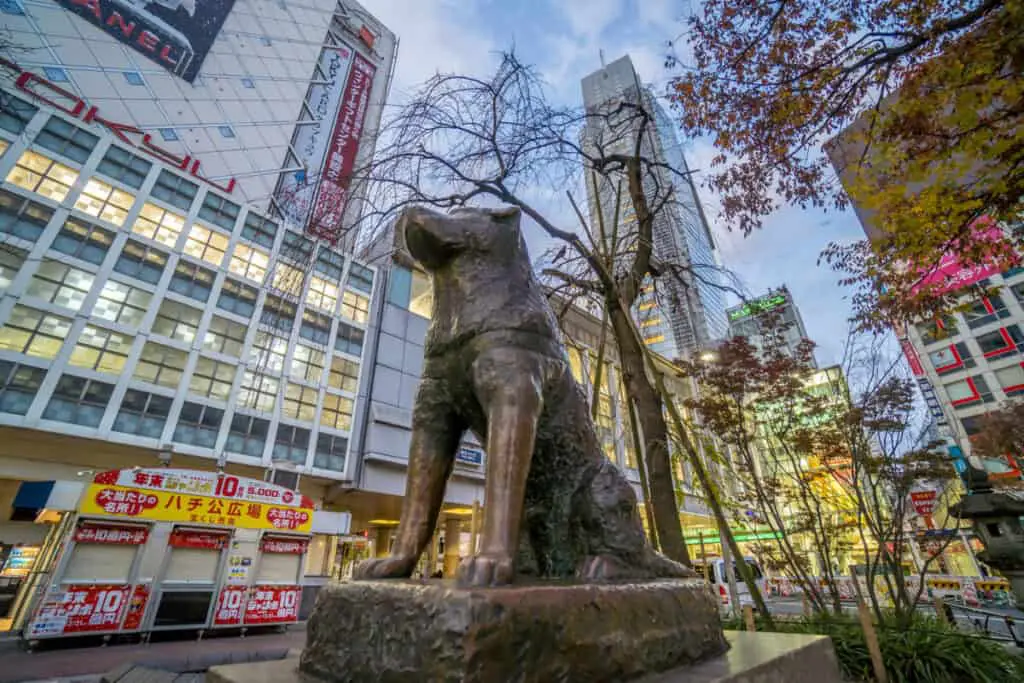
Hachi’s Story
Hidesaburo Ueno, a professor at the University of Tokyo, purchased a purebred Akita dog in 1924. He named him Hachi, which is Japanese for 8, a lucky number in Japan.
Hachi quickly proved to be a loyal companion, and he would follow Professor Ueno to Shibuya Station each more as the professor left for work. In the afternoons, the professor would step off the train and find Hachi waiting to walk him home.
They continued with this until May 1925. Hachi walked his owner to Shibuya Station, but when he returned that afternoon no one stepped off the train to meet him.
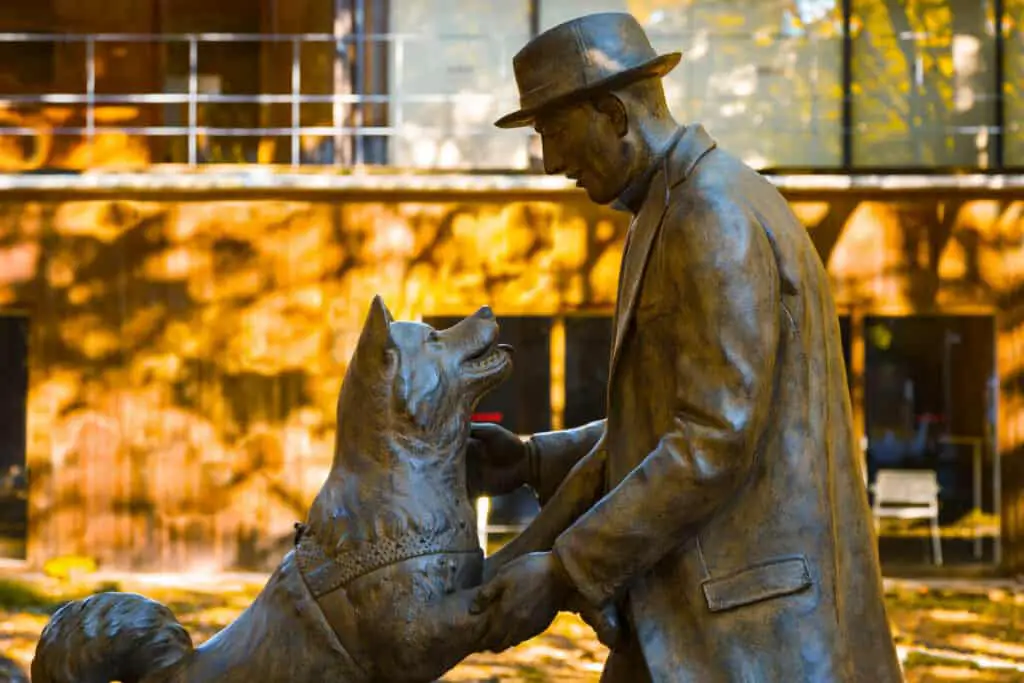
Hidesaburo Ueno had suffered a brain hemorrhage while he was at the university and subsequently passed away.
Hachi could not know this, and he returned to Shibuya Station each afternoon to wait for the professor. Countless people tried to take him in, but they could not keep him from breaking free to visit the station and wait.
Eventually, Hachi found a semi-home with Kikuzaburo Kobayashi, the former gardener of HIdesaburo Ueno who lived close to Shibuya station.
This allowed Hachi to visit the station at the proper time each afternoon while having a place to call home.
Some disliked the presence of the dog, and they would try to run him off. Despite this opposition, Hachi continued to prove his loyalty.
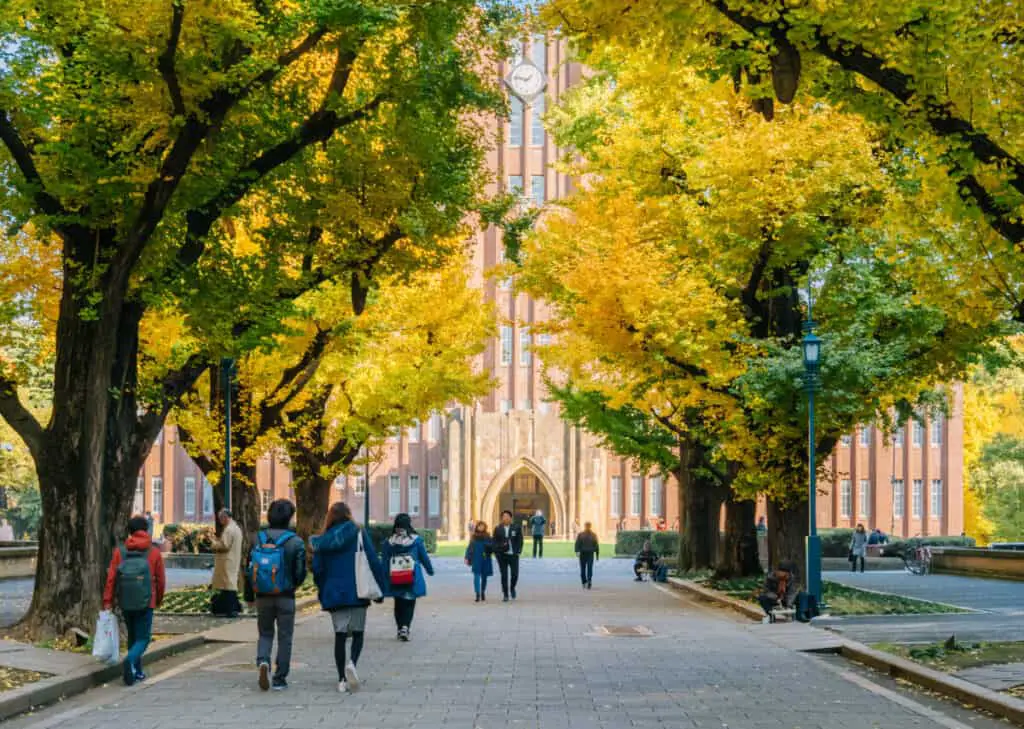
His story was broadcast when Hirokichi Saito, one of Ueno’s former students, noticed Hachi at the station. He followed him home, and Kobayashi explained Hachi’s story.
After many visits with Hachi, his story was published in Asahi Shimbun, and Hachi became a national icon.
Hachi waited for his owner until his death in 1935, found on a street in Shibuya. He was cremated and finally reunited with Professor Ueno, and his testament of loyalty still touches hearts today.
Hachi has left behind more than his story, and there are many places that lovers of the loyal Akita can go to witness his legacy.
Shibuya Station
The most famous landmark is the Hachiko Statue in Shibuya Station.
The name Hachiko was given to the dog after people added “ko” to the end of his name, a recognition of his loyalty and a title befitting his personality.
This statue is located at the front of the station at the Hachiko exit. This is said to be where Hachi sat every day while he waited, and people will come to take pictures with the statue or leave behind tokens in Hachi’s honor.
The original statue was revealed in 1934, one year before Hachi died. He happened to be at the station when the statue was put up, although he would pass the following year.

Shibuya Statio Location Via Google Maps
The statue was melted down and recycled during the second world war to assist in war efforts but in 1948 Takeshi Ando, the son of the original statue artist, set to work creating the statue that thousands visit today.
Many choose to visit the Hachiko Statue at Shibuya Station on the day of his death, March 8. They offer presents and recognition of his pure loyalty.
Shibuya station is full of other pieces that highlight Hachi’s history.
The station wall that is in front of the Hachiko exit features a colorful mosaic with depictions of Hachi in different poses, as well as Akita puppies.
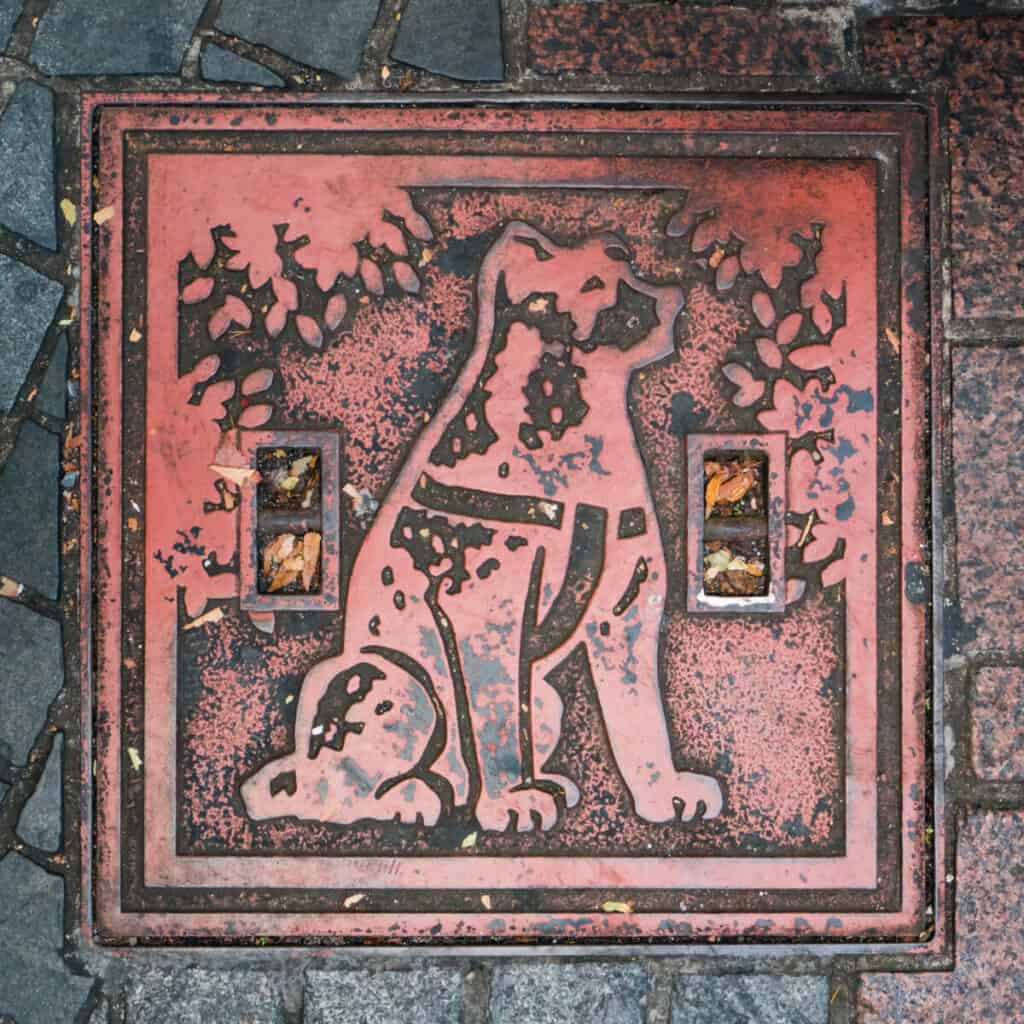
The manholes surrounding the statue also have images of Hachi on them, and there are paw prints all over the floor of the underground subway passages.
If you travel a bit beyond the station, there is also a smaller replica of the Hachiko Statue in front of the Tower Records Shibuya store.
The University of Tokyo
The University of Tokyo raised a statue in honor of the bond shared between their employee and his dog on the 80th anniversary of Hachi’s death in 2015.
This bronze statue was made possible through online funding and the Faculty of the Agriculture school. It was designed and sculpted by Tsutomo Ueda, and it shows Hachi excitedly jumping up to greet Professor Ueno as he would at the station, a beautiful reunification of the two.
University Of Tokyo Official Website
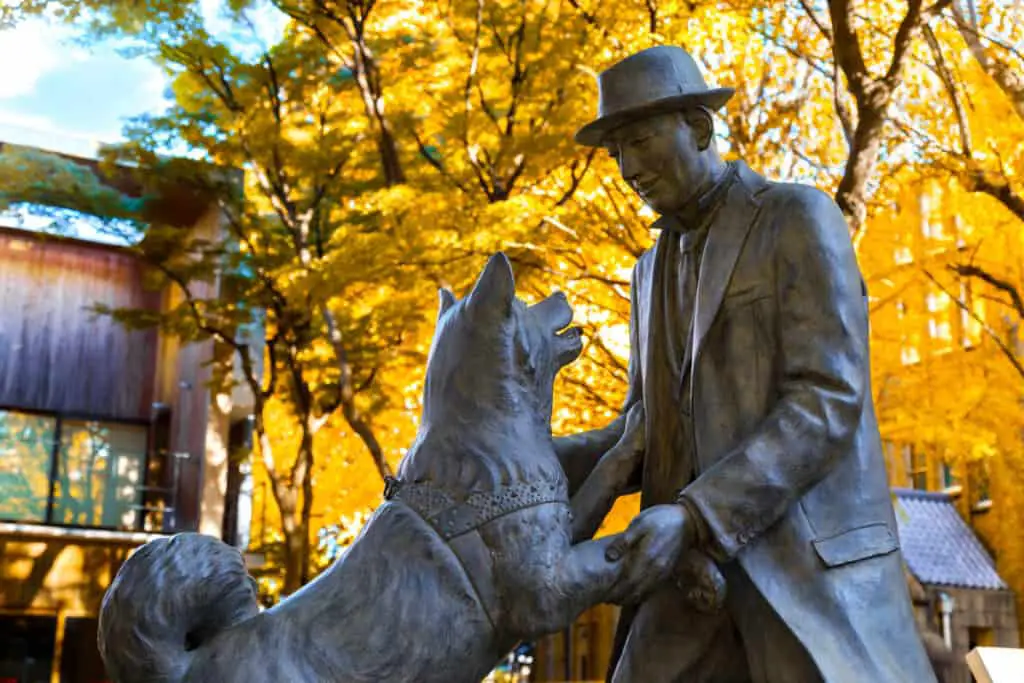
The University of Tokyo campus is open to visitors, and the statue is located right next to its entrance beside the No-Seimon Gate, so it is not difficult for anyone to visit the statue. At night the bronze piece is lit up with spotlights.
The University of Tokyo’s Faculty of Agriculture also has some of Hachi’s preserved organs on display. After his death, these organs were cut up and preserved in specimen bottles.
In 2011, the organs were re-examined, and it was determined that he likely died from terminal cancer and a filaria infection.
The National Museum of Science and Nature in Ueno
If you want to visit Hachi, the closest you can get to him is at the National Museum of Science and Nature in Ueno.
If you travel to the second floor of the Japan Gallery wing of the museum and find the white Akita, this is the taxidermied body of Hachi. If you look at the plate it will read “Akita dog (Hachi)”.
Hachi is not the only dog at the National Museum of Science and Nature.
National Museum Of Science And Nature Ueno Official Website
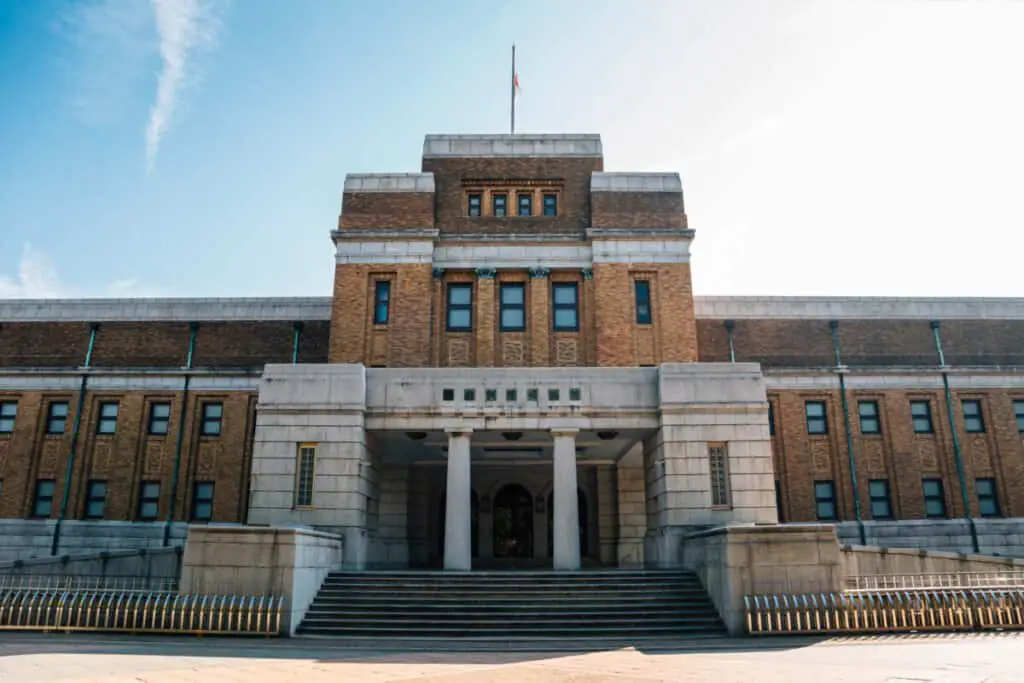
Jiro is one of two Sakhalin huskies that gained fame after surviving for a year in Antarctica after he was abandoned during a science experiment.
The survey team left 15 Sakhalin Huskies chained to the unmanned base, thinking they would return soon, but fuel shortages had prevented their return for almost a year.
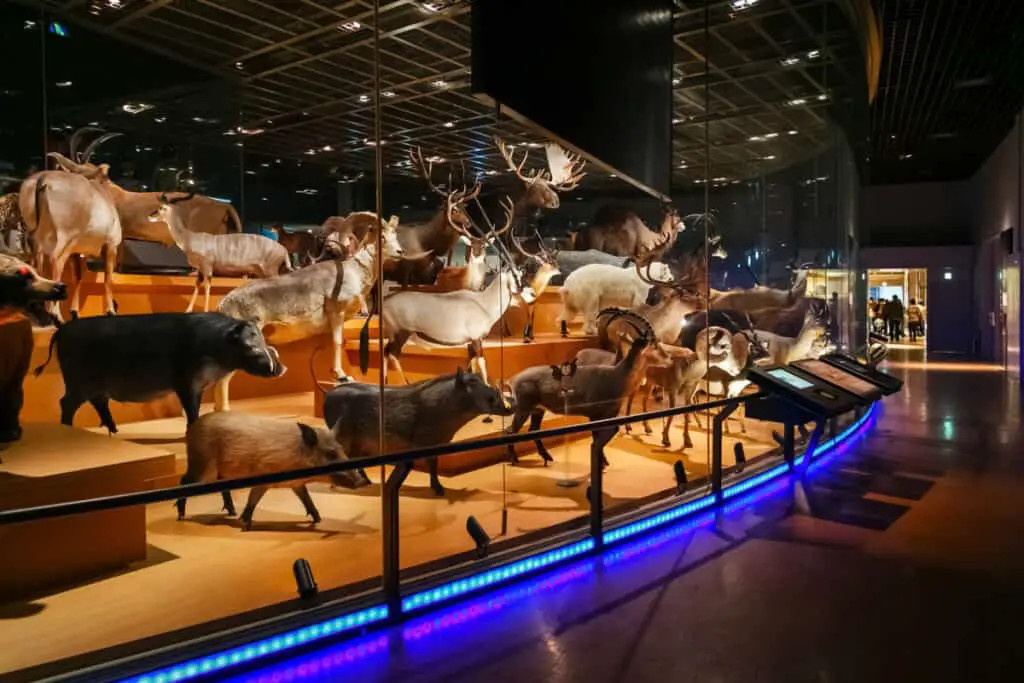
When they finally managed to return to the science station, Jiro and Taro had miraculously survived.
The museum also has preserved bodies of rare canines, such as the ancient and pure Kai Ken, the extinct Honshu Wolf, and the Tasmanian wolf.
Aoyama Cemetery
It is not common in many places to bury animals in human cemeteries, but this is especially true in Japan.
Upon Hachi’s death, however, no one could bear to keep him separated from his master any longer. It was decided that he would be reunited with Professor Ueno after waiting so patiently for 10 years.
Hachi was cremated and buried next to Ueno in Aoyama cemetery, and his grave is located in area 6, plot 12.
Aoyama Cemetery Official Website
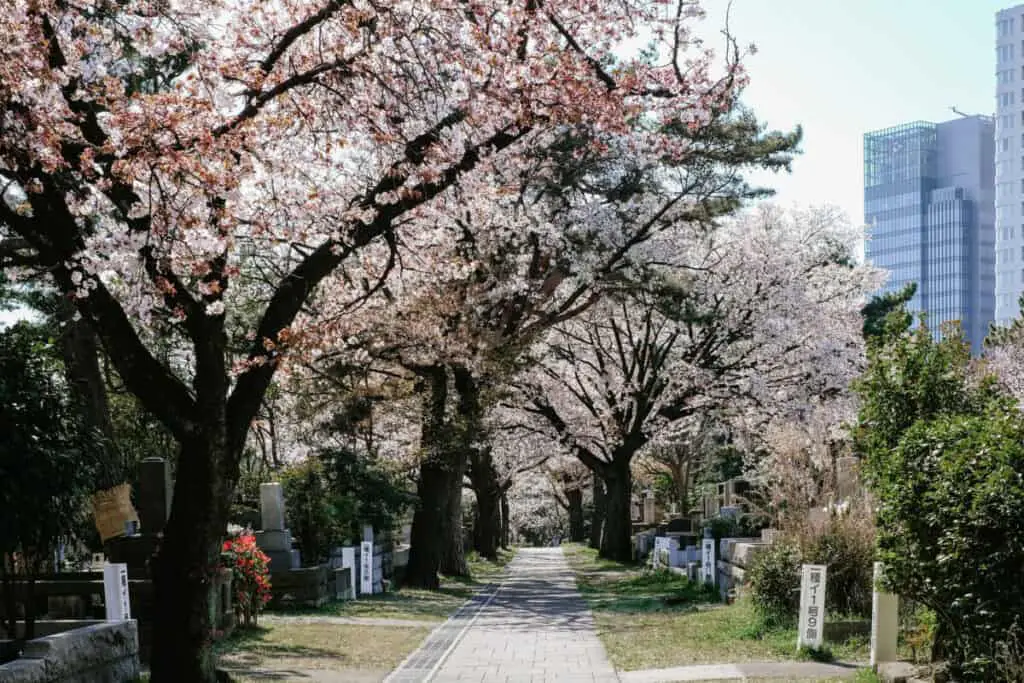
Inside the bamboo fence in the corner of the grave, there is a miniature shrine for Hachi, designed with a sloping moss-covered roof. This shrine has a vase for flowers and a place to burn incense, as with any other gravesite in Japan.
Visitors will often leave snacks, food, or dog toys at the shrine for Hachi.
Aoyama Cemetery is also known as a great viewing site for cherry blossoms in the spring.
Odate City in Akita
Hachi was born in Odate at the home of Giichi Saito in November 1923 on a farm in Odate City. Professor Ueno had been looking for a pure Japanese dog at the time, and one of his students found Hachi for him, and the story of loyalty grows from here.
Odate City is proud that such a great character could come from this land, and the Odate train station unveiled a bronze statue of Hachi shortly after the one in Shibuya’s was erected.
This statue was collected due to the Metal Collection act in 1945 but reconstructed in 1948. This one features Hachi as a young dog.
There is also a stone monument marking his birthplace in front of the Saito home in Odate.
Odate City Official Tourism Website
Hachi is featured in a group statue of Akita dogs outside the train station that was built in 1964. The Akita Prefecture also has a statue of Hachi that was built on the original stone pedestal of the Shibuya statue placed in front of the Akita Dog Museum in Odate.
The city holds a few events in honor of Hachiko throughout the year in front of Odate station, including a memorial service every April and a festival to celebrate his birth on the second Sunday of October.
Akita also serves as a beautiful place to visit. The area is full of beautiful landscapes and many other attractive features.










